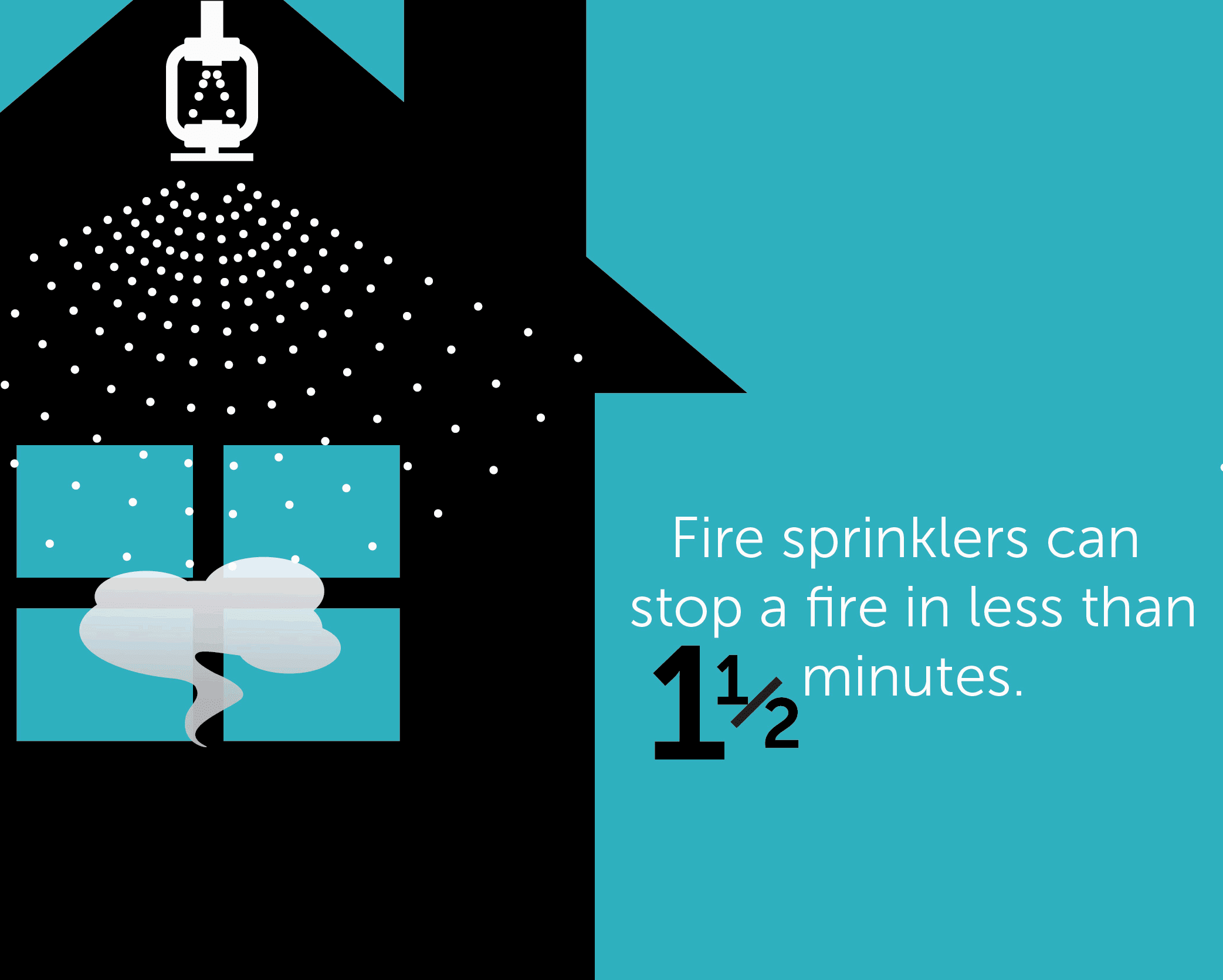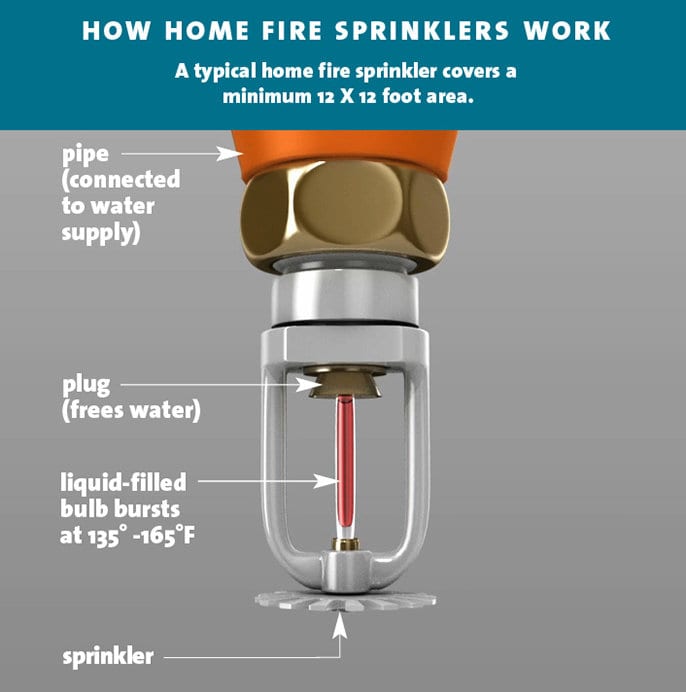FIRE SAFETY INFORMATION
Keep your family safe by reviewing information on fire, CO and other emergency situations. Be sure to visit our pages on smoke alarms and our partnership with the “Fire is Everyone’s Fight” campaign.
FIRE IS EVERYONE’S FIGHT
Fire prevention, safety and education are the foundations of our organization. While we train, educate and practice so that we are ready when you need us, we know the best way to fight fire is to empower you! That’s why we are excited to announce our partnership with the US Fire Administration’s “Fire is Everyone’s Fight” initiative!
Fire is Everyone’s Fight aims to lower the number of residential fires and fire related injuries by educating you and your family on how to be fire smart! We invite you to explore the resources on our page to learn how you and your family can prevent home fires.

SMOKE ALARM SAFETY
The most important electronic in your home is your smoke alarm! Did you know the risk of dying in a home fire is cut in half simply by having a working smoke alarm? Here are some resources to help you get started with installing or testing your home smoke alarms.
Ideally your home should have 1 smoke alarm in every bedroom and one smoke alarm on every level of the structure, including the basement. Check out this helpful graphic for the best locations!
SMOKE ALARM TIPS
Here are some helpful tips for installing and testing your smoke alarms:
-
Choose interconnected smoke alarms, so when one sounds, they all sound.
Reminder: Electric wired smoke detectors in residences have battery back-ups
-
Put smoke alarms inside and outside each bedroom and sleeping area. Put alarms on every level of the home.
-
Make sure your smoke alarms work. Your family is not safe if they can’t hear the smoke alarms.
-
Test smoke alarms every month and replace 9-volt smoke alarm batteries at least once every year.
-
Smoke alarms do not last forever. Get new smoke alarms every 10 years.
-
When you hear a smoke alarm, you may have less than 2 minutes to get everyone outside and safe.
If an alarm “chirps,” warning that the battery is low, replace the battery right away. If the device still chirps after replacing the batteries, use compressed air to blow out the detector. Dust particles and debris can lead to false alarms.
** As of January 1, 2023, single and multi-family homes that are still using smoke alarms with only removable batteries as a power source are required to install new alarms that feature 10-year sealed battery alarms per the FIRE SAFETY 425 ILCS 60 / Smoke Detector Act. Please visit the Illinois General Assembly website for more information on the legislation.
CO ALARM SAFETY
Carbon monoxide (CO) is a colorless, odorless gas. CO is a byproduct of incomplete combustion and can come from household appliances such as gas furnaces, gas stoves and ovens and gas water heaters. If these appliances malfunction or are not adequately ventilated, the amount of CO in the air may rise to unsafe levels. CO can also come from running vehicles, blocked chimney flues, fuel-burning cooking appliances and some portable heaters. If your garage is attached to your house, never leave your vehicle running while parked in the garage. To keep you family safe from CO, be sure to follow the below guidelines:
-
Install a CO detector in your home and be sure to change the batteries when you change your clocks twice a year
-
Test your CO alarm to ensure everyone in the house knows how it sounds
-
If your CO alarm "chips" after replacing the battery, used compressed air to remove any dust particles from the device, which can lead to false alarms
-
Replace CO alarms every 6-8 years (check the date on the back of the detector)
IS YOUR HOUSE NUMBER VISIBLE?
Is your house number clearly visible from the street? Having your house number clearly posted to your home and/or mailbox is one of the easiest things you can do to assist all emergency responders should you need our help. House numbers should be posted near the front door, not occluded by decor or shrubbery and ideally should be illuminated or made from materials that are reflective.
HOME DISASTER PREPARATION
Having a home disaster plan and preparation kit is one of the most important actions you can take to keep your family safe during a disaster such as a tornado, flood or earthquake. Creating a plan and building a basic kit includes considering the specific needs of your family (including your pets). The Red Cross and Ready.gov provide great resources for building supply kits, communication plans and learning about the risk our area faces.
EMERGENCY PREPAREDNESS RESOURCES
Please check out these additional web resources for how you and your family can prepare for emergencies.
HOME FIRE SPRINKLERS
Installing home fire sprinklers is one of the most effective ways to protect your family and your home from fire. Similar to the sprinkler systems you may have seen in commercial buildings, home fire sprinklers are designed to quickly and safely extinguish a fire. Explore this page to learn some basic facts about home fire sprinklers, how they work and how they can fit into the interior design of your home!
HOME FIRE SPRINKLER FACTS
Home fire sprinklers save lives, property and resources. Due to the materials they are manufactured from, modern buildings and furniture burn hotter and faster than ever before. Installing home sprinklers can extinguish a fire in less time that we can arrive. Here are some other important facts about home fire sprinklers:
-
Smoke alarms cannot cause sprinklers to active - neither can smoke, cooking vapors or steam.
-
Only the sprinkler closest to the fire will activate to extinguish the fire; 90% of fires are contained by one sprinkler
-
Check out this video to see a side by side comparison of a fire with and without home fire sprinklers!
-
-
Home fire sprinklers can reduce the amount of water used to extinguish a home fire drastically, in some cases using 91% less water than used by the fire department.
-
Home fire sprinklers are often eligible for homeowners insurance discounts; in addition home fire sprinklers can reduce the cost of damage by hundreds of thousands of dollars should a fire occur.
HOW HOME FIRE SPRINKLERS WORK
While home fire sprinklers may seem complicated, they are actually built from very simple technology, in fact, some fire sprinklers can operate off of the water lines already installed in your home!
The sprinkler is just a plug holding back water in a pipe (similar to the other water pipes in your home). Heat from a fire causes a either a glass tube to break or a solder plug to melt, which releases water onto the fire. Despite what you may have seen in movies, one sprinkler head activation does not cause all of them to activate. Only the sprinkler closest to the fire activates, the remaining sprinklers will not activate unless the temperature in the room exceeds the threshold of the sprinkler head (which is often a range between 135 - 165 degrees Fahrenheit).
For more information and videos, please visit the Home Fire Sprinkler Coalition's page.
ADDITIONAL SPRINKLER INFO
-
Home fire sprinklers don't have to be an eyesore! Concealed sprinkler heads are available and can even be paint matched by the manufacturer to compliment your home's decor.
-
Home fire sprinklers will not freeze or burst in the winter when installed properly and the systems require very little maintenance.
-
While fire sprinklers operate from simple technology, they must be installed by a certified sprinkler contractor.
-
The best time to install fire sprinklers is during construction, however most homes can be retrofitted.
FOR MORE INFORMATION
Download this brochure to learn more how home fire sprinklers can benefit you and your family.
Review this sheet on myths vs. facts about home fire sprinklers.
INFORMATION PROVIDED BY
Information provided by the non-profit Home Fire Sprinkler Coalition, in conjunction with the US Fire Administration’s Fire Is Everyone’s Fight initiative.

Code Red is useful in the event that an emergency might threaten your home and/or business. Please click here to register. Create your account so you can go back and update your information as needed.



